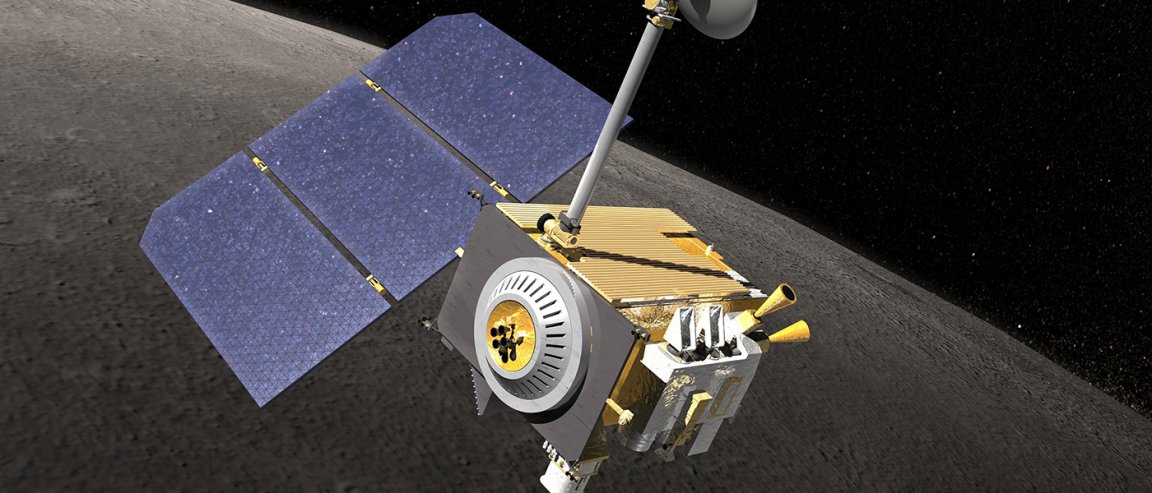
LISA Launch Set
The ESA’s Science Program Committee met on June 20, and at the top of their agenda was addressing planning for the agency’s missions to come over the next 20 years — one of which will be a three satellite Laser Interferometer Space Antenna mission (LISA). The space antenna was designed to detect gravitational waves. The LISA mission has been selected to move forward and is set to launch in 2034.
The project uses the satellite trio to create a huge triangle in space. The satellites form the corners and lasers bouncing across the 2.5 million kilometers (1.55 million miles) between them form its sides. The triangle itself will follow Earth as it orbits the Sun. Meanwhile, the satellites will be sorting through an impressive array of cosmic noise to determine which signals are the most promising signs of supermassive black holes, and which are just false leads.

Starting Where LIGO Stops
The Laser Interferometer Gravitational-wave Observatory (LIGO) first detected gravitational waves in September 2015, confirming its initial findings when the waves were detected again in June of 2016. By February of 2017, scientists learned that LIGO also produces the waves. Earlier this year, LIGO detected the waves for the third time. They appear to be from a supermassive black hole that’s 49 times larger than our sun.
LISA is taking the detection of gravitational waves to the next level by searching for supermassive black holes millions of times larger than those found by LIGO. LISA should also be able to give scientists enough lead time to observe the black holes with telescopes, enabling us to discover more about how these collisions work.
“We’ll be able to see signals for months, so we’ll have time to point all these other telescopes at that point in the sky to see if there’s any other signals coming from that area when the merger happens,” ESA’s senior advisor for science & exploration Mark McCaughrean told New Scientist.